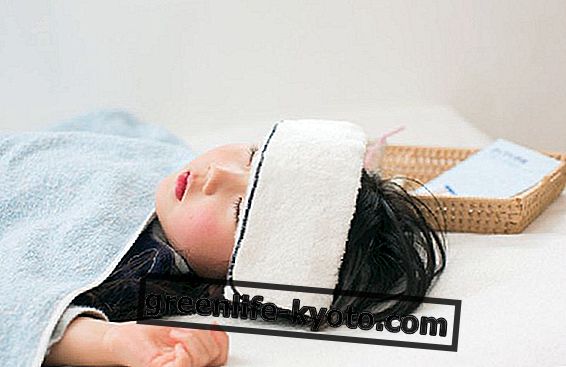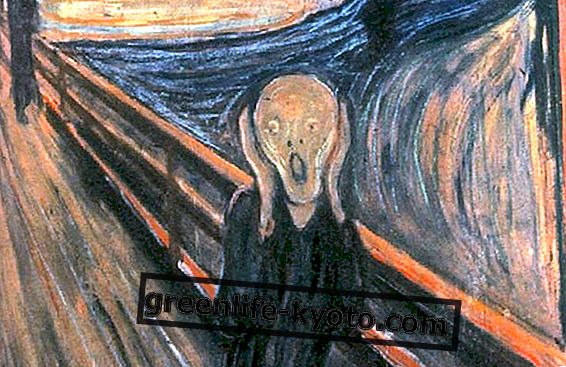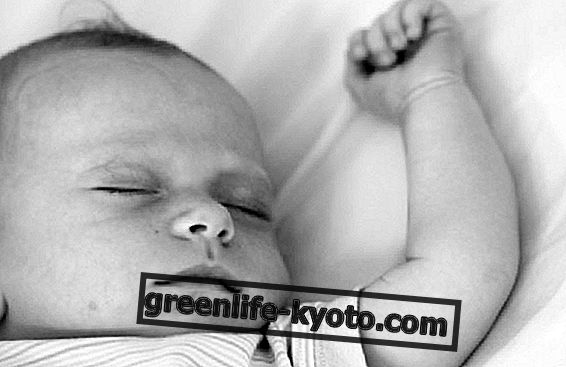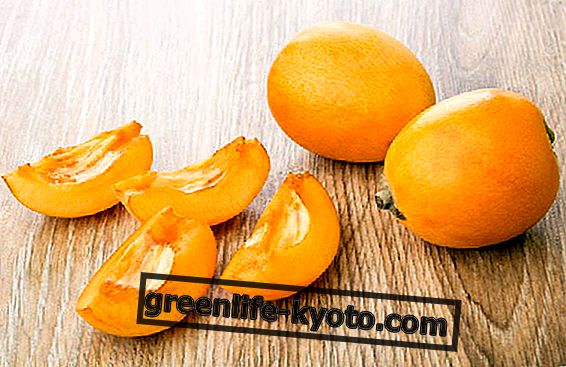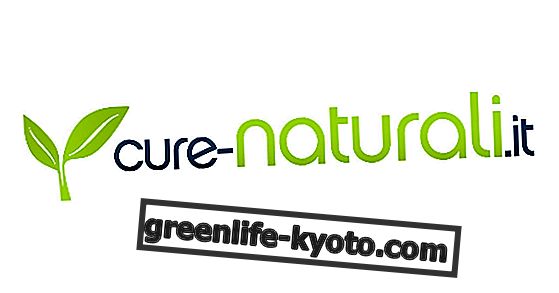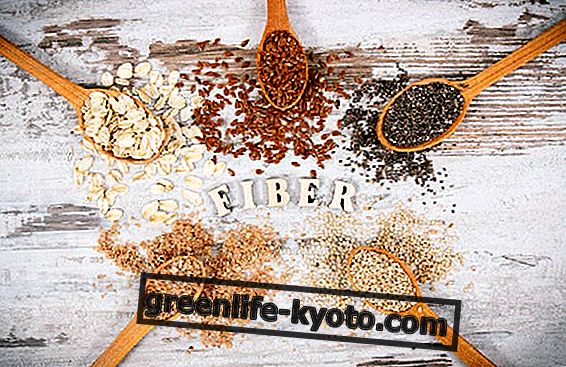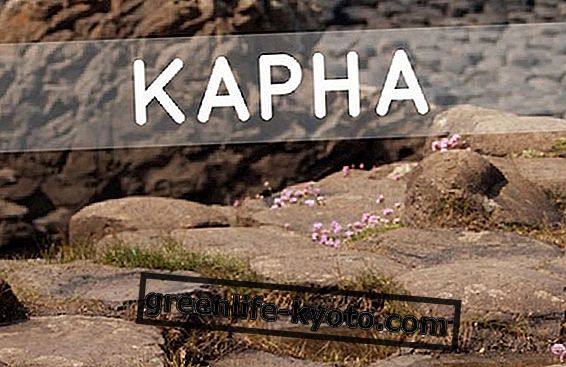
Joseph Pilates, in full Joseph Hubertus Pilates, was a boxer, athlete, self-defense instructor, circus acrobat, before being imprisoned in Lancaster during the First World War. In prison, amid the sweat of constant training and the study of the human body, he developed the innovative technique that takes its name, the Pilates method.
Joseph Hubertus Pilates (Mönchengladbach, 1883 - New York, 1967)
Joseph Pilates had a conviction: the mind can build the body . If the mind is clear, lucid, the body will work well and a bi-univocal function of well-being will be created. He also had a dream: to develop a method of training that would develop the body in a balanced way, correct the wrong postures, restore physical vitality, strengthen the mind and elevate the spirit. Strong in his conviction, he realized the dream. He devoted his whole life to research into the human body and ways to make it stronger and more efficient, convinced that the harmony between body and mind was a key to solving many health problems, especially related to the stress of modern life.
Joseph Pilates, multifaceted athlete, a never-satiated scholar
Joseph Hubertus Pilates was born in 1880 in a town near Düsseldorf, Germany. The father, of Greek origin was an athlete, his mother, German, was interested in naturopathy. From her he inherits the idea of the individual as an indivisible unit of mind and body. Immediately, despite his poor health, he became interested in the movement.
During his stay in Germany, Joseph Pilates practiced various athletic disciplines and, when he moved to England in 1912, he became a self-defense instructor at a police school. At that time he was also interested in circus acrobatics, an activity he practiced until his internment in Lancaster. When the First World War broke out, in fact, Pilates and other compatriots were considered "foreign enemies". He took advantage of his stay in prison to refine his training techniques, also organizing the physical activity of his fellow prisoners. He was transferred to the internment camp on the Isle of Man and here he devised structures and machinery that could be useful for the rehabilitation of veterans.
In the 1920s he returned to Germany, where he met Rudolph von Laban, a teacher, choreographer and theorist of German expressionist dance; the two integrated their professionalism and it was thus that the Pilates method effectively entered the world of ballet and dance. In 1926 Pilates moved to New York and there he met his wife Clara. Together they opened a study for the training of dancers, actors and athletes oriented to the concepts of the Pilates method.
In 1967 Joseph Pilates died and his study was taken over by Romana Kryzanowska, in turn an instructor of Anna Maria Cova, a former ballet dancer who learned the technique in 1989, in New York, to then bring it to Italy. The experience gained over the years as a rehabilitation therapist has led to a natural evolution, creating the Pilates-CovaTech Method and registering the Pilates brand for Italy. Currently the Pilates-CovaTech method is widespread throughout Italy with more than 60 schools and others exist in Switzerland and in Spain and Eastern Europe.
Discover also the yogilates, the fusion between yoga and pilates
Pilates is the method that combines breath, concentration and center
" Breathing is the first thing you do when you come into the world. Life depends on your breathing . Millions of people have never learned to breathe properly ", Joseph Pilates often repeated, starting from the fundamental act of existence structured a whole training method known as the Pilates method.
Pilates had sensed a fundamental factor in the structuring of his program: in order to strengthen the abdominal muscles it is necessary that these remain contracted and for this you must resort to thoracic breathing . To teach his pupils how to breathe with his chest, Joseph H. Pilates suggested imagining that a wall held his stomach compressed and squeezed to his navel. In this way, the abdominals remain contracted, the air enters and exits from the chest, not from the belly, and the ribs widen outwards.
To this study of breath he combined another basic principle: concentration . Most training methods do not expect to have to focus their thoughts precisely on what they are doing; rather, movements are performed mechanically most of the time. In Pilates, on the other hand, every movement is a conscious act, controlled by the mind.
For Pilates then every movement to be said to be correct had to start from the contraction of the transversus (the stabilizing muscle of the abdomen), which he identified with the word " center" . The center of life was meant by the center; for the center to be strong and stable, an appropriate balance between the back and the abdominals must be achieved through exercises that Pilates himself conceived and collected in a program that came out in the form of a book with the title The return to life through Contrology .
How do you become and what does the pilates teacher do?
Pilates pearls
- Good posture can only be achieved when you have complete control of every mechanism in your body.
- I designed this method to give you agility, grace and ability, factors that will surely influence the way you walk, play, and work.
- Each muscle can, as a whole, intervene in the uniform development of all the other muscles.

